
Sabino Quintanilla is a lawyer by trade and a “liberacionista” by origin, as he describes himself. He was a member of the Liberación Nacional (PLN, or National Liberation Party in English) —one of the two traditional parties in the country founded in 1951— since his adolescence until 2002.
At age 60, he says that PLN has gotten away from its ideological roots, and that its representatives have growing debts with communities.
“My mother and father were liberacionistas and figueristas (Figueres was the founder of the party) ever since the war and they also stopped voting for the PLN,” he says. “They are really worn down parties. Now its people of a certain age that continue voting for that party, but not young people,” Quintanilla adds.
Disillusioned or not, thousands of Guanacastecans have stopped confiding in the most traditional party in the province.
According to an analysis done by The Voice of Guanacaste with data from first round presidential elections dating back to the 1950s, National Liberation is one of the parties that loses the most followers in the province, but it is still the favorite party of Guanacastecans in the presidential races as well as municipal races. SEE CHART
While in 1990, 38% of votes from the province were for PLN, in 2014 only 26% wanted a Liberationist president. Still, in Guanacaste, the Partido Acción Ciudadana (PAC, Citizens’ Action Party in English) didn’t win in Guanacaste like it did in the rest of the country. PLN did.
Less PLN, But…
At least two things explain this disenchantment with the traditional party. In the first place, the birth of two new political parties has dispersed the votes of the electorate. In the second place, communities become more demanding and seek fresh proposals, distancing themselves from historic trends.
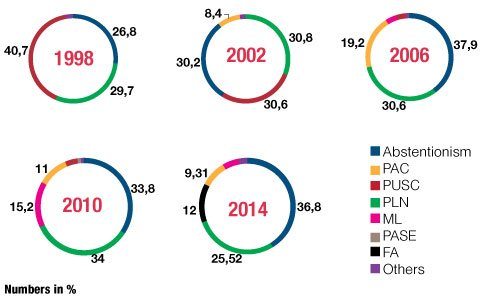
“Guanacaste reflects similarities to what happens in the rest of the country and also to what is considered a global phenomenon,” says Roxay Rosales, a political analyst. “For example, we have a less faithful electorate and that means that there isn’t an absolute dominance by any party. What PLN suffers, they all suffer.”
In this back and forth on the part of voters, the recently formed political parties like the Frente Amplio (FA, or Broad Front in English) and the PAC have been the winners.
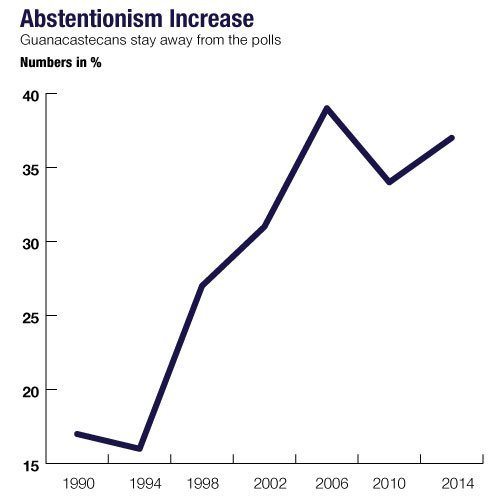
In the 2014 elections, for example, FA stood out as the political force that gained the most followers in five of the 11 cantons that make up the province.
The FA went from having less than 1% of Guanacaste votes in 2010 to almost 13% of the voters in the first round of the 2014 election, when it gained a congresswoman for Guanacaste.
What’s Coming
“The proliferation of parties, without a doubt, affects us, but we are a party with a lot of experience and that is the strongest arm that we have,” affirms PLN presidential candidate for the 2018-2022 term Antonio Álvarez Desanti.
In the case of the ruling party, PAC, its leaders are convinced that it will reverse the results of the last election, when the party was the favorite in provinces in the center of the country, but not the coastal provinces like Guanacaste.
For campaign manager Camilo Saldarriaga, the good voter turnout at the party’s most recent internal convention to select their current presidential candidate was a good omen. In the 2013 convention, 2,036 people participated while in 2017 that number grew to 4,913 voters.
“The structure of the party was pretty weak, but that changed,” Saldarriaga said. “We have a stronger presence and everything that we have done for Guanacaste during the present administration is going to have an influence.”
Nonetheless, political parties will have to face a stronger enemy than their rivals: abstentionism. In Guanacaste, despite the fact that the percentage of voters that refuse to participate in the elections is lower than in the rest of the country’s rural zones, abstentionism is the absolute winner in at least the last five elections, with numbers that surpass 30%


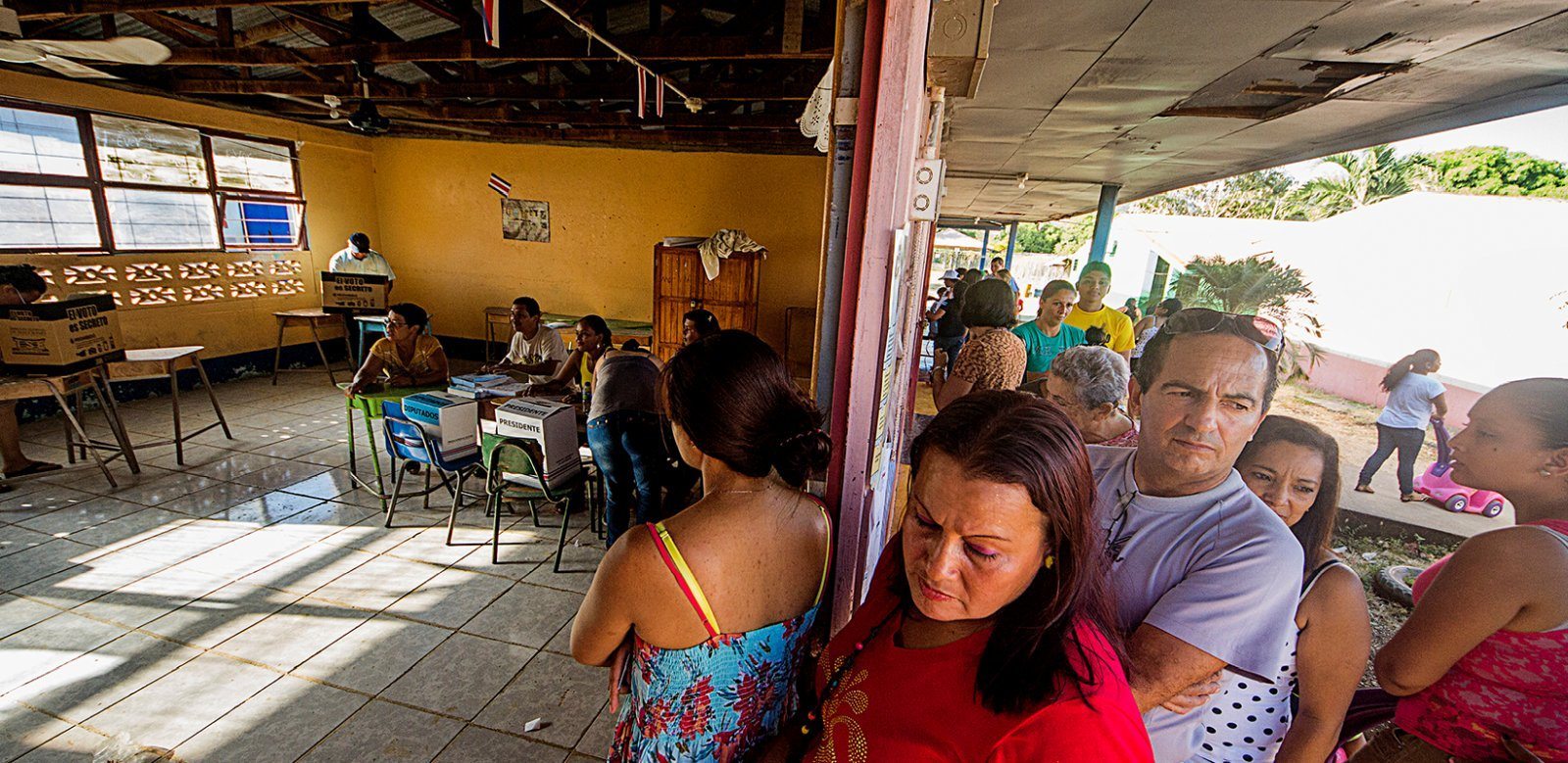
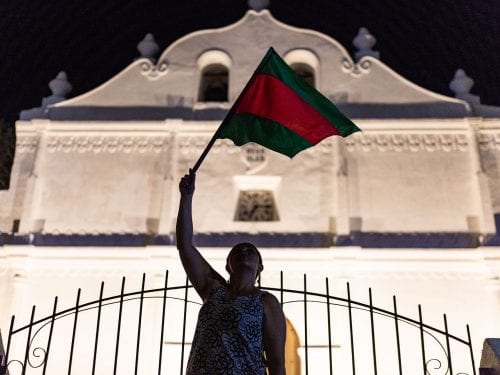
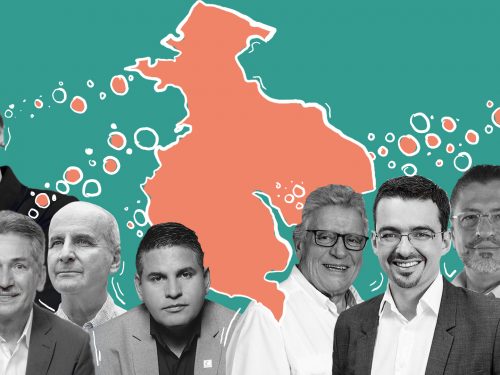
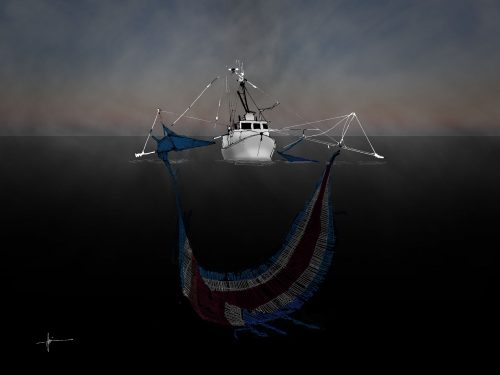

Comments